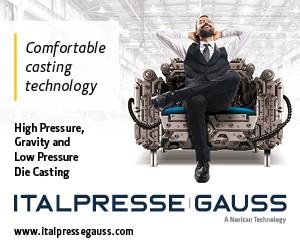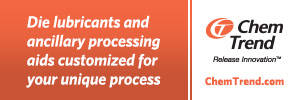ZA alloys have existed in various forms, primarily as gravity casting alloys since 1959. Recent research and development has refined the chemical composition and adapted this alloy group to die casting, where they have proven very successful. ZA alloys are specified by the letters ZA followed by a hyphen and numerals which indicate the approximate nominal aluminum content. There are three alloys in this group: ZA-8, ZA-12, and ZA-27.
Alloy Elements
The ZA alloys, like 3, 5 and 7, are based on the zinc-aluminum alloy system, with higher aluminum and copper contents. The other alloying element is magnesium. This common alloy system gives the ZA alloys several characteristics in common with the zinc alloy group:
- The three alloying elements have essentially the same effect on alloy properties.
- Iron, lead, cadmium and tin are also undesirable, and are held to essentially the same limits.
- The high purity requires the use of primary zinc at 99.990% purity.
Aluminum & Copper in ZA Alloys
As aluminum content, and consequently casting temperature, increases, these alloys become more aggressive to iron and steel, reducing die life and increasing maintenance cost somewhat. High aluminum and copper contents give these alloys several distinct advantages over the zinc alloys, including:
- High Strength
- Superior wear resistance
- Superior creep resistance
- Lower densities
ZA-8
ZA-8, with a nominal aluminum content of 8.4% and copper 1%, has the lowest aluminum content, and consequently the lowest melting point and highest density of the three. Its casting temperature is low enough to permit die casting by the hot-chamber method. It has the highest strength of any hot-chamber zinc alloy and the highest creep strength of any zinc alloy. It can be chrome plated using the same processes employed for zinc alloys.
ZA-12
ZA-12, with a nominal aluminum content of 11% and copper 1%, has an aluminum content higher than ZA-8 and lower than ZA-27. Its properties are therefore between the two. It can be chrome plated, but the aluminum content makes it advisable to modify somewhat the processes employed for zinc alloys. Its casting temperature requires die casting by the cold-chamber method.
ZA-27
ZA-27, with a nominal aluminum content of 27% and copper 2.2%, has the highest aluminum content, and consequently the highest strength, highest melting point, and lowest density of the three. The alloy is not generally chrome plated. Its relatively high casting temperature requires the cold-chamber process.








